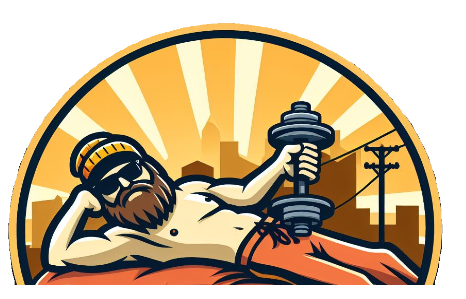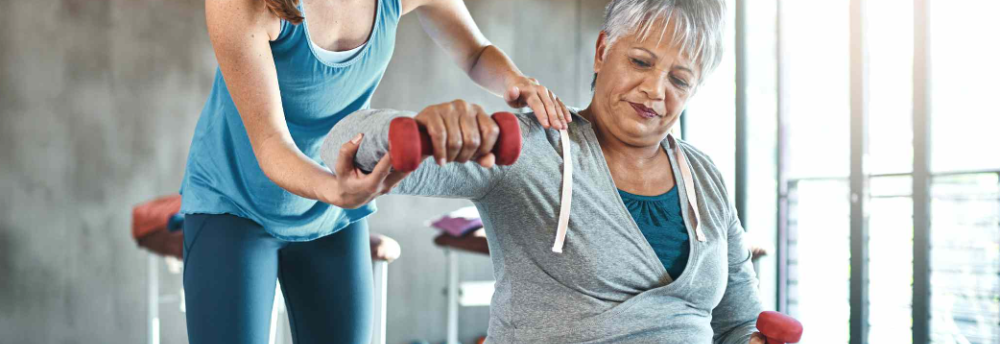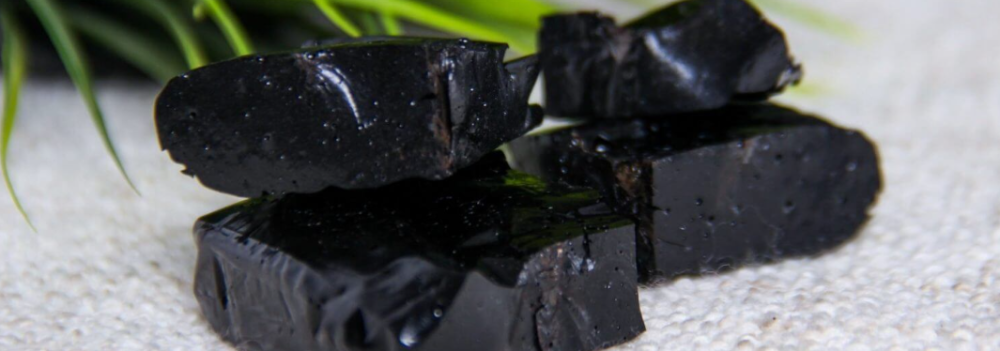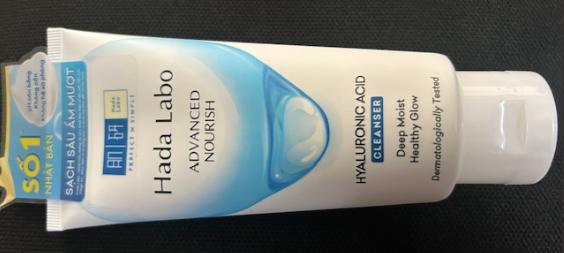Fit over Sixty
Staying fit over 60 requires a personalized approach. Everyone’s body is different, so it’s essential to tailor exercise to your individual fitness levels and health conditions.
for example, several years ago I had bowel cancer, luckily it was benign and I survived. However, my stomach muscles were cut and I also ended up with a colostomy bag ( now gone). So I have to do exercises that do not involve excessive stress on my stomach.
Low-impact exercises are a great starting point. Activities like walking, swimming, and tai chi reduce joint strain while providing cardiovascular benefits and improving balance.
Strength training isn’t just for bodybuilders. It’s crucial for maintaining muscle mass, which naturally declines with age. Using light weights or resistance bands can make a big difference without risking injury.
Combining different types of exercises is key. Balancing cardio with flexibility exercises, like stretching or yoga, ensures all aspects of fitness are covered.
Tracking your progress helps keep you motivated. Adjust routines based on what feels right for your body. One size doesn’t fit all, and what works for one person might need tweaking for another.
Never underestimate the importance of professional advice. Consulting with healthcare providers before starting any new exercise program ensures the activities you choose are safe and effective for your specific needs.
Nutrition for Aging Bodies
As we age, our nutritional needs change. It’s important to understand these shifts to maintain optimal health. After 60, the body requires fewer calories but more nutrients to function properly.
Vitamins and minerals play a significant role in health. Calcium and Vitamin D are vital for bone health, while B12 supports nerve function. Omega-3 fatty acids, found in fish, aid brain health and reduce the risk of heart disease.
Hydration can’t be overlooked. As we age, the sensation of thirst decreases, so it’s crucial to drink water regularly, even if you don’t feel thirsty. Proper hydration supports digestion, cognitive function, and joint health.
Creating a healthy diet plan doesn’t have to be complicated. Focus on whole foods like fruits, vegetables, lean proteins, and whole grains. Meal prepping can help ensure you have nutritious options ready, saving time and effort during the week.
Weight management becomes a bit trickier with age. The metabolism slows down, so it’s easy to gain weight even with a reduced calorie intake. Regular exercise combined with a balanced diet helps manage this.
Certain foods can provide an energy boost and strengthen the immune system. Leafy greens, berries, and nuts are excellent choices. They’re packed with antioxidants, vitamins, and minerals that keep you feeling vibrant.
Avoiding common dietary pitfalls like excessive sugars and processed foods is key. These can lead to energy crashes and contribute to chronic health conditions. Making mindful food choices supports long-term well-being.
Mental and Emotional Well-being
Mental health plays a critical role in overall fitness. As we get older, taking care of our minds becomes just as important as taking care of our bodies.
Stress and anxiety can affect anyone, and methods to reduce them can make a big difference. Techniques such as deep breathing, progressive muscle relaxation, and guided visualization are useful. Finding what works best for you can lead to a more peaceful life.
Social connections are a treasure. Joining group activities or clubs offers a sense of community and reduces feelings of loneliness. Whether it’s a book club, walking group, or dance class, staying socially active can elevate your mood and overall well-being.
Mindfulness practices like meditation and yoga aren’t just trendy; they offer real benefits. These practices improve mental clarity, reduce stress, and foster a deeper connection with yourself. Even a few minutes daily can have a substantial impact.
Hobbies and lifelong learning keep the mind sharp. Engaging in activities you love or picking up new skills stimulates cognitive function. Whether it’s painting, gardening, or learning a new language, these can bring joy and a sense of accomplishment.
Regular mental health check-ups are just as important as physical ones. Speaking with a mental health professional provides a safe space to discuss concerns and receive guidance. Early intervention can help prevent issues from escalating.
Community resources are valuable. Many places offer support groups, counseling services, and activities geared towards seniors. These resources can provide support and help you stay connected, ensuring you never feel alone on your wellness journey.
Preventing Injuries and Managing Health Conditions
Aging comes with its own set of challenges, and preventing injuries becomes crucial to staying fit. Understanding common health issues and how to avoid them is the first step in maintaining an active lifestyle.
Bone and joint health are vital. Osteoporosis and arthritis are common, but regular weight-bearing exercises, like walking or gentle strength training, can help keep bones strong. Flexibility exercises also support joint health, reducing stiffness and pain.
Regular medical check-ups and screenings can’t be overlooked. Early detection of potential problems allows for prompt treatment. These appointments offer a chance to discuss any concerns and get professional advice tailored to your needs.
Living with chronic conditions doesn’t mean abandoning physical activity. Many exercises can be adjusted to accommodate various limitations. Gentle yoga, water aerobics, or simply strolling in a park can keep you moving without overexertion.
Safety during exercise is paramount. Wearing proper footwear, using the correct equipment, and listening to your body’s signals helps prevent injuries. If something feels off, it’s better to stop and reassess rather than pushing through the pain.
As the body ages, adapting exercise routines ensures they remain effective and safe. What worked a decade ago might need tweaking. It’s important to remain flexible and open to change, finding what currently suits your body best.
Technology can be a helpful ally. Fitness trackers, apps, and health gadgets provide valuable insights into your activity levels, heart rate, and even sleep patterns. These tools assist in monitoring progress and staying motivated.
Conclusion
Most of us over 60’s went through the best generational time in history. Some of the names that come to mind are Woodstock, Hendrix, and so many more. We lived the best life, and we haven’t stopped yet.
Now we look after our bodies at the same time as expanding our minds. Albeit not chemically but through meditation and exercise.
I try to bring what I do to the table and would appreciate feedback and how you expand your life.
Steve Hey

If you like this, look at my post “Fitness Hacks For Lazy People”.
Some links on this site may be affiliate links, and if you purchase something through these links, I will make a commission on them.
There will be no extra cost to you and, you could actually save money. Read our full affiliate disclosure here.


 Flush Your Body.
Flush Your Body.












